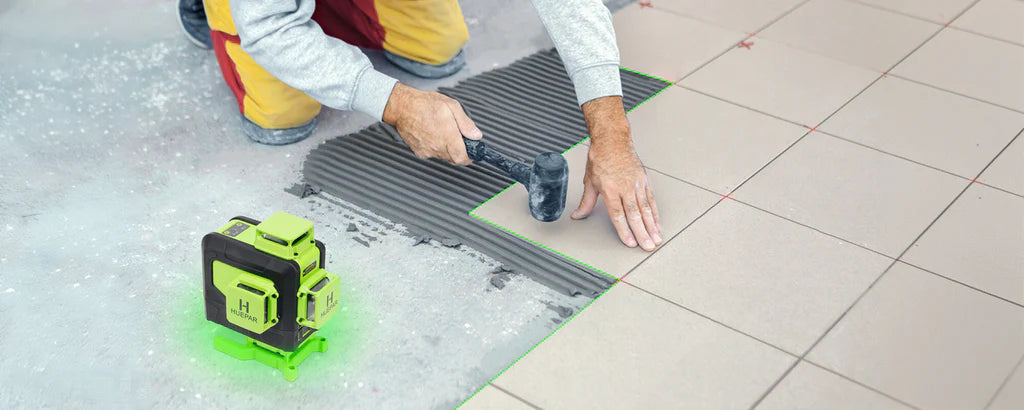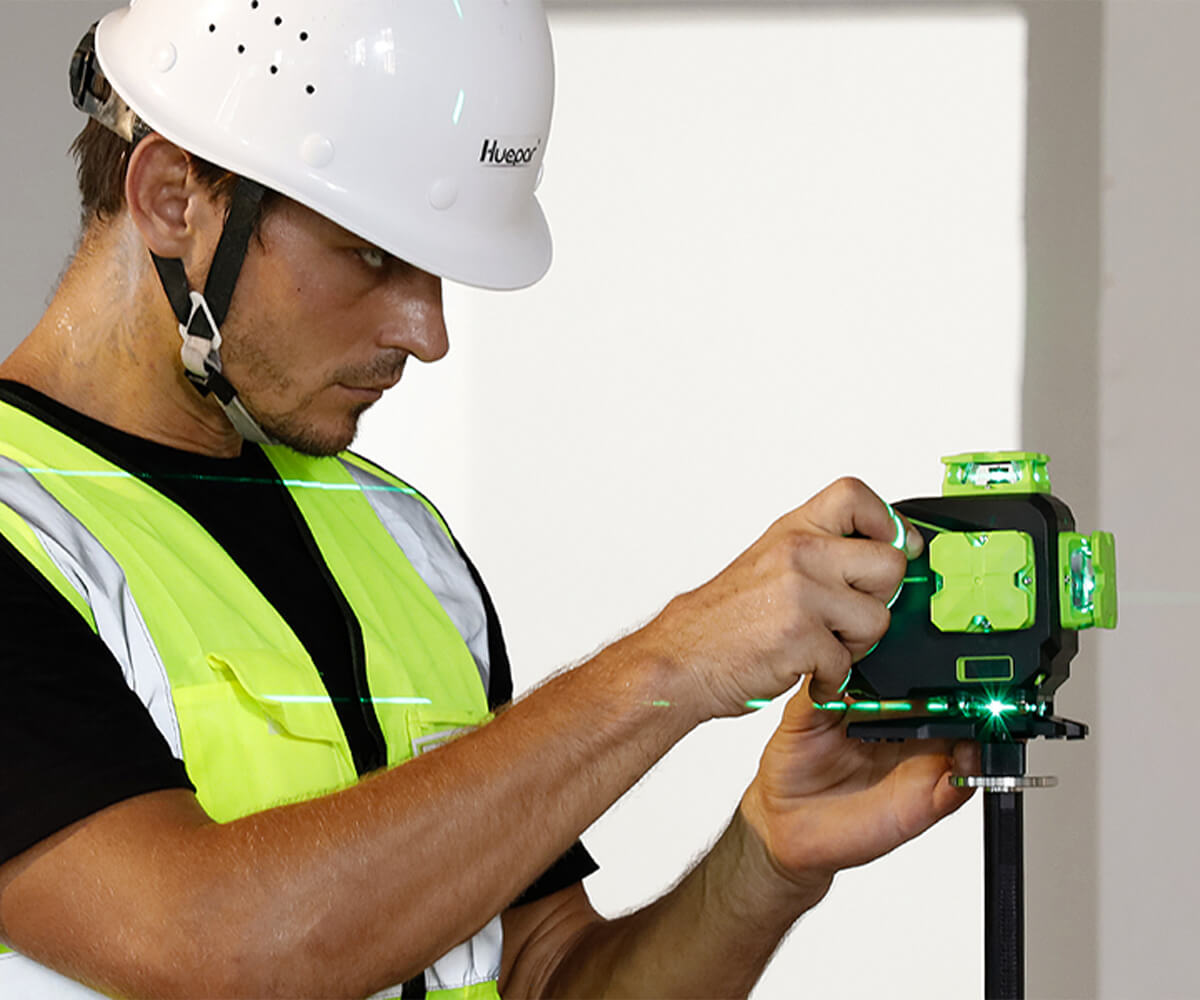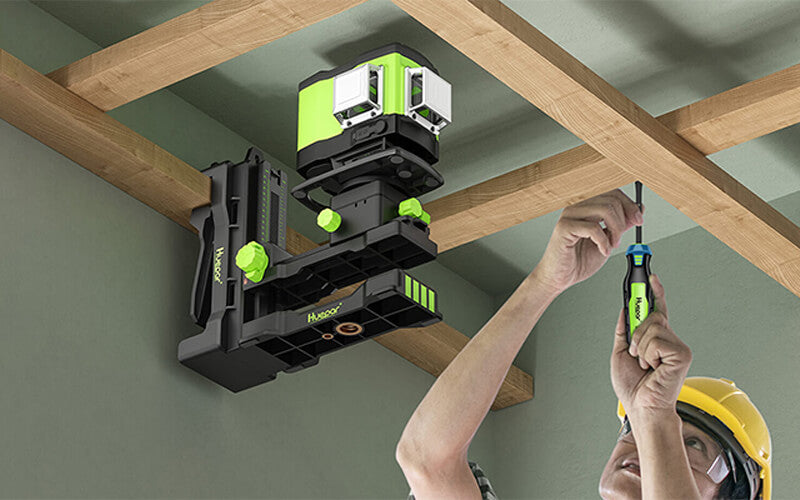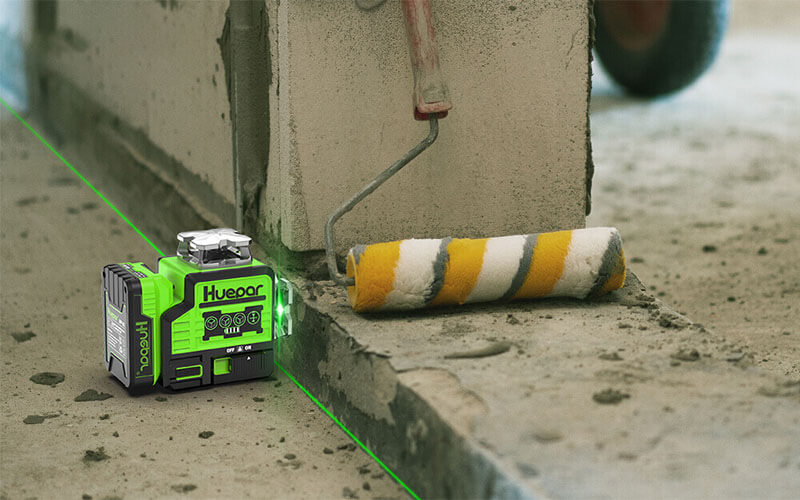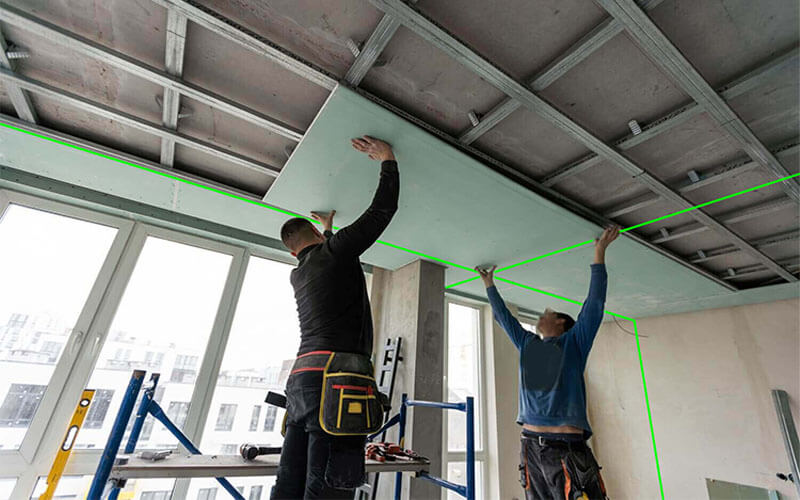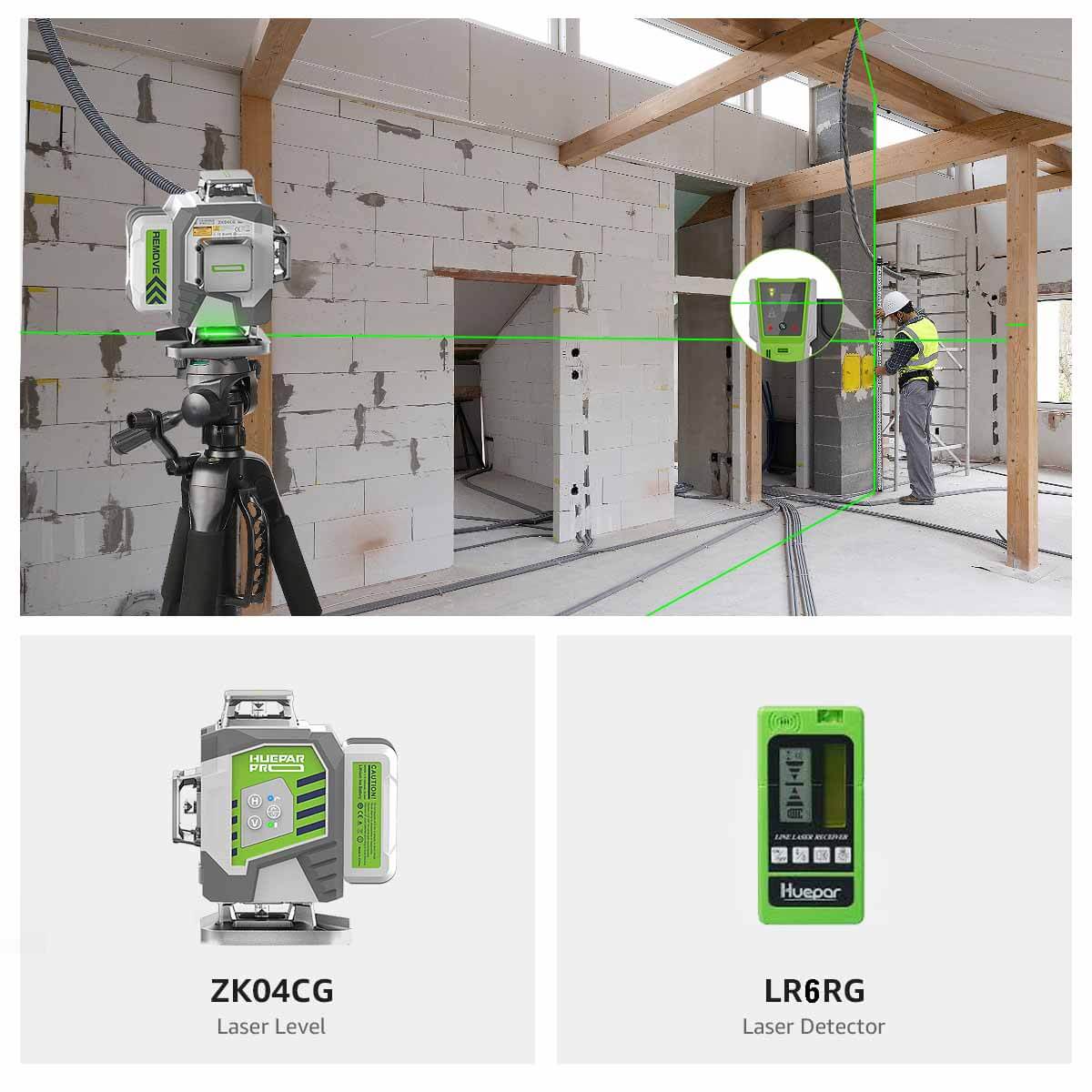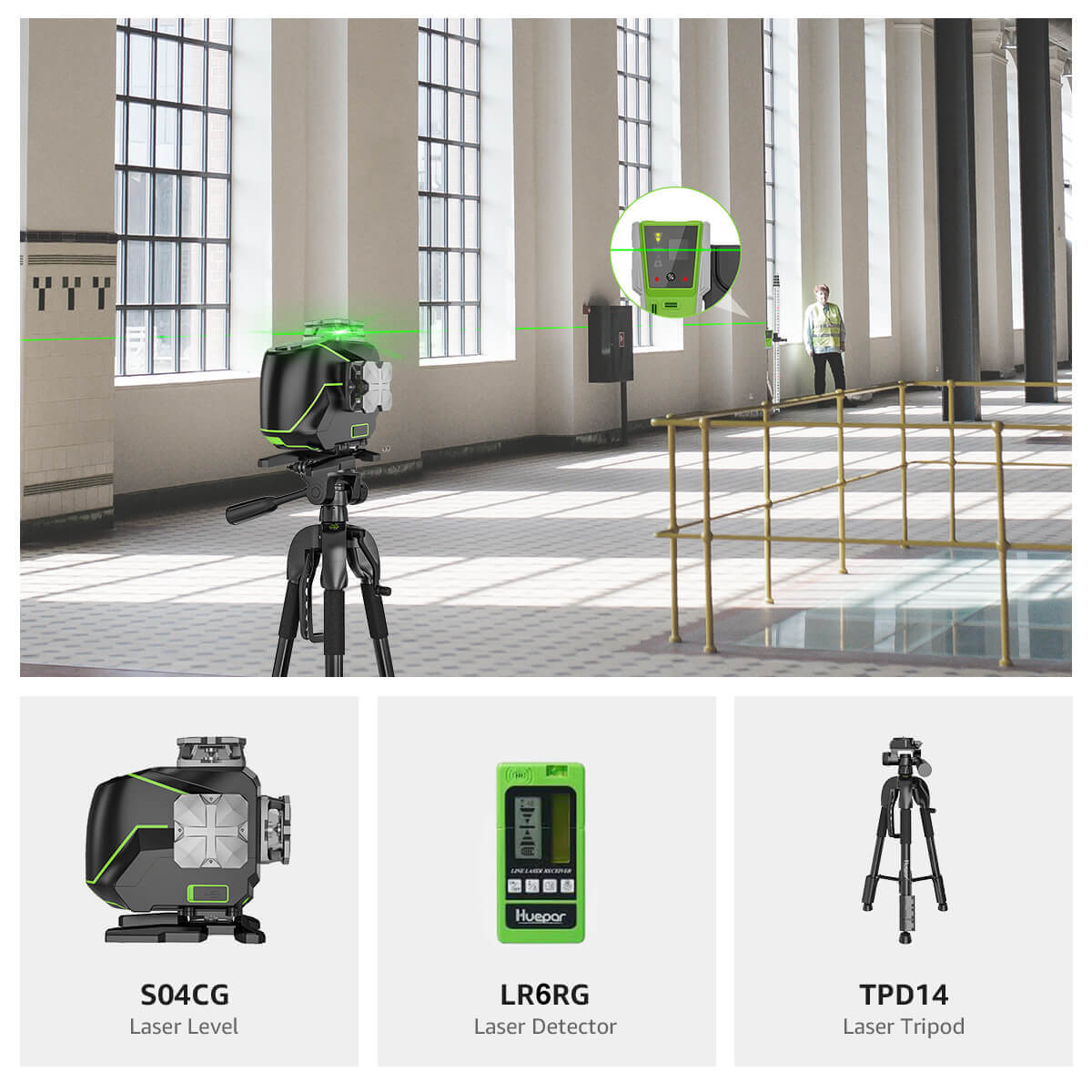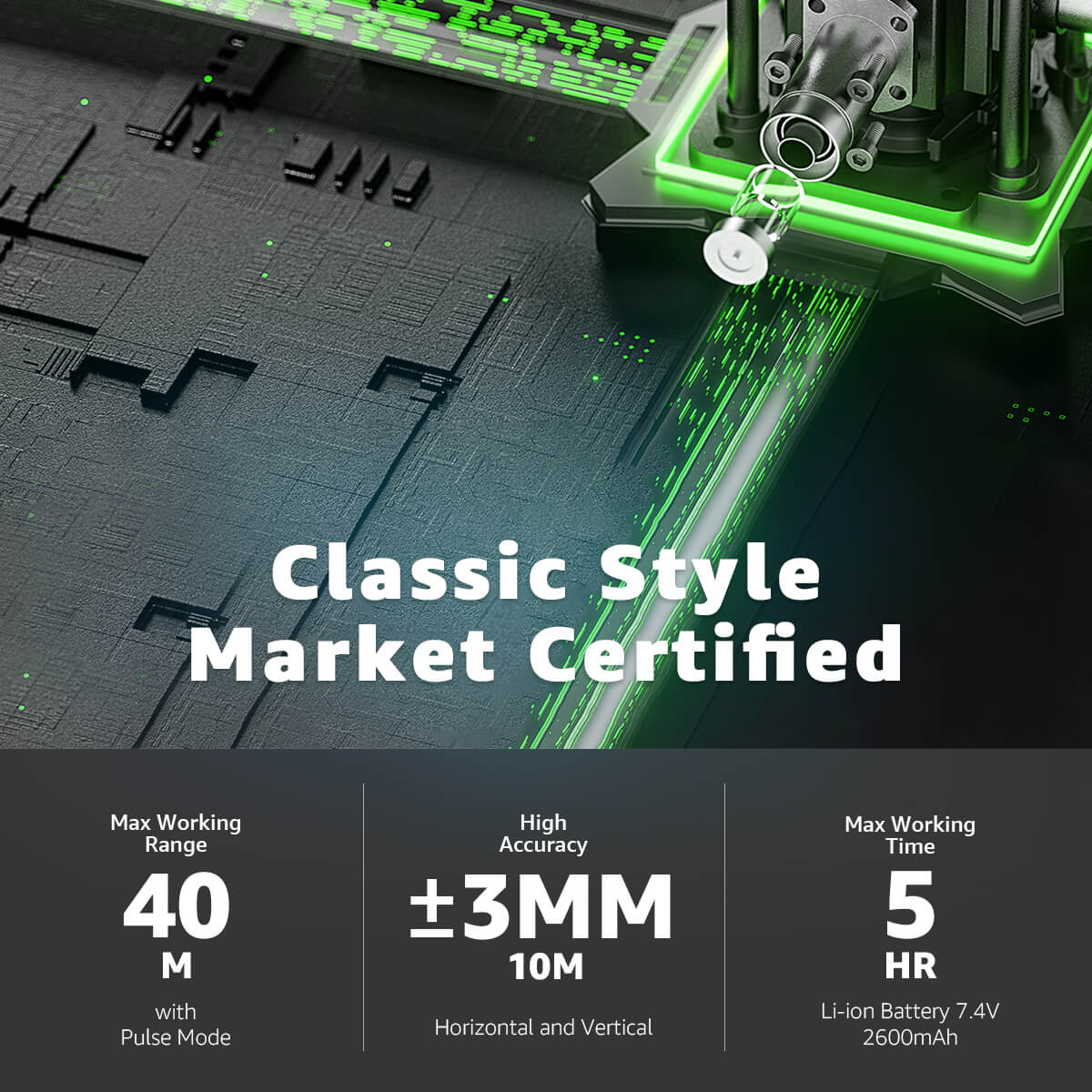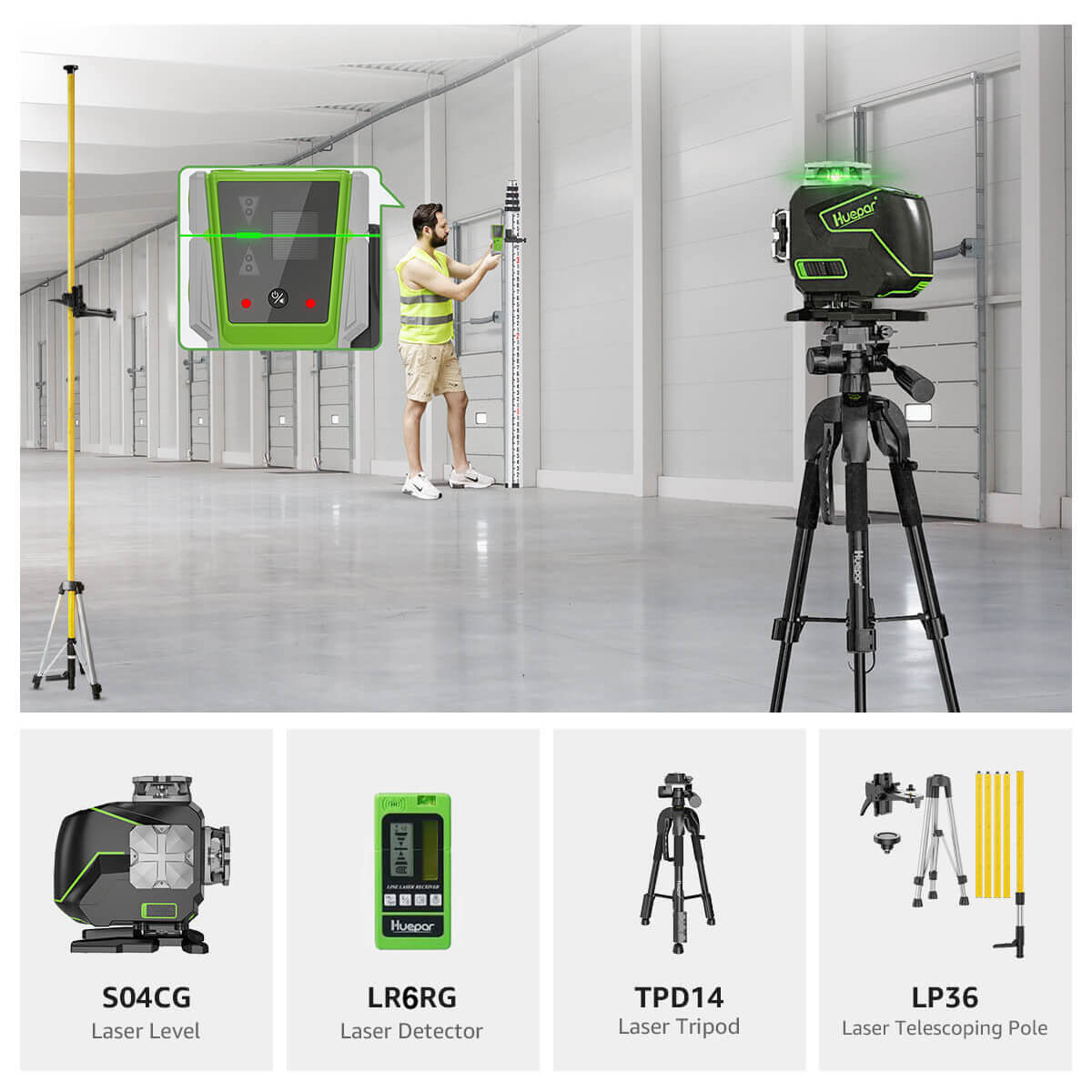
Unlocking Precision: A Guide to 3D Laser Levels in the United States
Understanding Laser Levels: The Evolution of Precision Tools
What Are Laser Levels?
Laser levels are tools that project a straight line with a laser beam. This line helps users ensure surfaces are level or plumb. They are often used in construction and home improvement projects. These levels replace older tools like spirit levels or bubble levels. Simple laser levels may cast a single line. More advanced ones, like 3d laser levels, can project lines along multiple planes simultaneously. This means they can project horizontal and vertical lines at the same time. This is useful for tasks that require precise alignment in three-dimensional spaces.
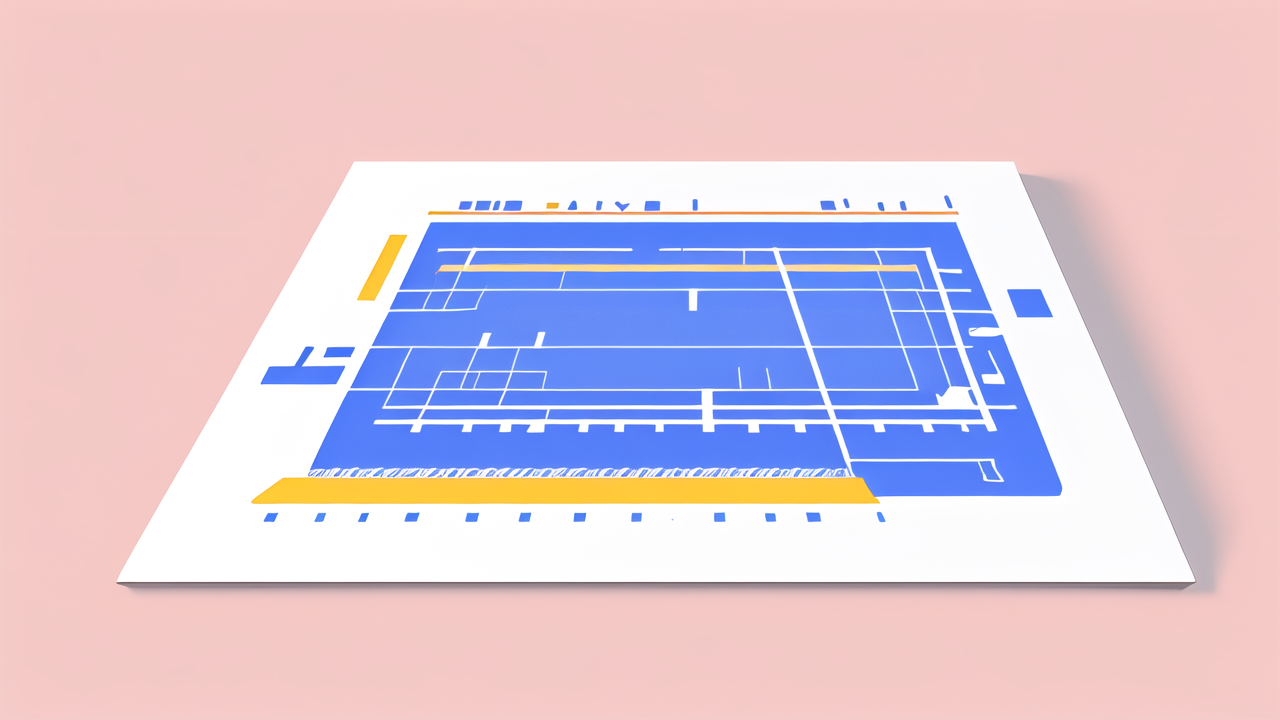
The Journey from Traditional to 3D Laser Levels
The shift from old tools to laser tech marks a big leap. At first, workers used simple tools like the water tube level and the plumb bob. Over time, devices became better. Then, the bubble or spirit level came out. Now, 3d laser levels pave the way. They send clear laser lines in three planes. With this, builders see level lines in an entire room. No need for long rulers or to mark the walls. It means faster work with less guesswork. Thus, 3D laser levels are a big step in making work sites more efficient.
The Benefits of Using 3D Laser Levels in Construction and DIY Projects
Accuracy and Efficiency in Leveling Tasks
3d laser levels elevate precision in construction and DIY projects. They project accurate reference points and lines on surfaces. This makes tasks like aligning walls and installing cabinets faster and easier. Compared to traditional methods, 3D laser levels reduce errors and enhance efficiency. They offer clear visuals even in bright conditions. Most models are user-friendly and can self-level. This helps both pros and hobbyists achieve pro-level accuracy with ease.
The Variety of Applications for 3D Laser Levels
3d laser levels shine in a range of tasks. Their uses span from installing cabinets to setting up fences. They are great for laying tiles and aligning fixtures. Even hanging wallpaper or art becomes easier. Builders use them for mapping out site layouts. They help in both indoor and outdoor projects. Homeowners love them for their precision in DIY tasks. These levels are key for accurate project completion. They serve diverse fields beyond just construction. Many embrace them for their versatile applications.
Choosing the Right Laser Level for Your Needs in the U.S.
Considerations When Purchasing a 3D Laser Level
When looking to purchase a 3D laser level in the U.S., there are several key considerations to keep in mind to ensure you choose the right tool for your needs. First, assess the level's range and accuracy to match your project's requirements. Secondly, consider the durability and build quality to withstand work site conditions. Battery life is another crucial factor, as it affects usage time and convenience. Additionally, ease of use and user-friendly features should be evaluated, along with compatibility with tripods or other mounting options. Lastly, warranty and customer support provided by the manufacturer can offer peace of mind and assistance when needed.
Comparing 3D, 4D, and Cross Line Laser Levels
When it's time to pick a laser level, you'll find 3 main types. Here's how they differ:
- 3D Laser Levels: These project lines on all 3 planes. They're best for complex layouts.
- 4D Laser Levels: Like 3D, but they also rotate 360 degrees. Great for full room coverage.
- Cross Line Laser Levels: These emit simple lines. They're good for basic tasks like hanging pictures.
Each type has its own perks. Think about your project's needs before buying.
